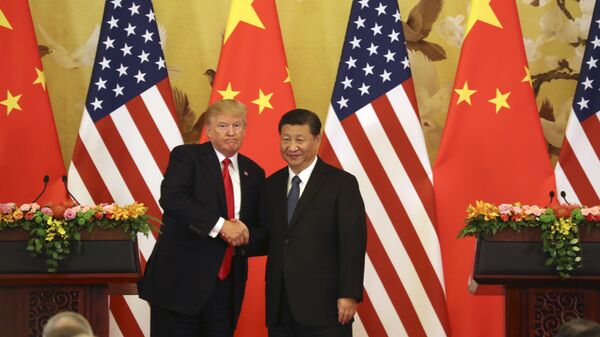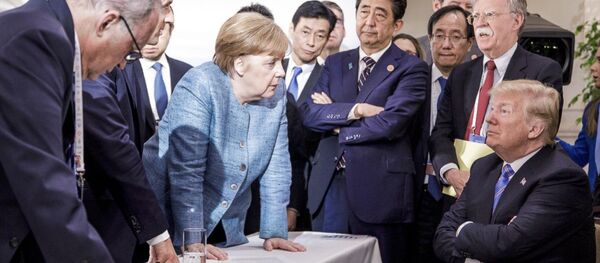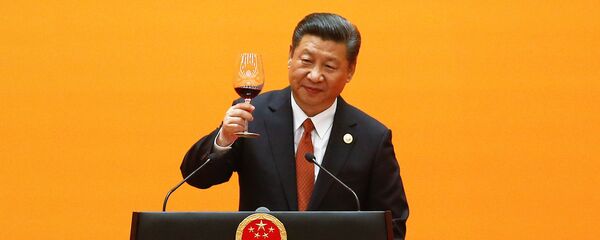Sputnik: Are you at all surprised by introduction of the new tariffs?
Ann Lee: I don't think we should be surprised. I think that ever since Trump entered office, he's been flip-flopping on policies left and right. This is to be expected. A lot of people have speculated that this is just a negotiating tactic.
I also think another thing that might be operating in the background is just the debate within the administration given that there are some folks who are extremely hawkish against China, and others who are more level-headed. I think that there's deal-making going on between those two factions as to what they are willing to sign onto and what the overall policy should be. I think that is the cause for the schizophrenia that's going on.
So there is a lack of agreement on the specific strategy, and therefore it comes across as a lot of disjointed statements [to the effect of] 'we're going to negotiate', 'no, we're going to slap on tariffs'.
Sputnik: Do you think a trade war is now going to explode? Or is the potential there to calm things down?
Ann Lee: I think that the hawks really want to escalate things, because they know that the more chaos they create, the harder it is for China to achieve its goals. But if they do that it will cause a lot of harm to the US economy as well, and there are plenty of industries with lobbyists in Washington trying to stop that from happening.
It really boils down to which industries have the biggest voice and the most power in the administration that's going to win the day.
Ann Lee is adjunct professor of economics and finance at New York University, and author of the award-winning international bestseller What the US Can Learn From China. The views expressed by Ms. Lee are those of the author, and do not necessarily reflect those of Sputnik.



